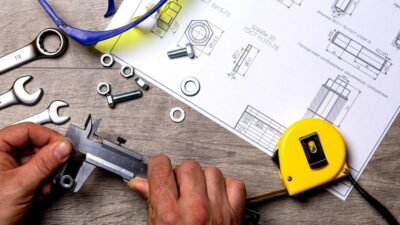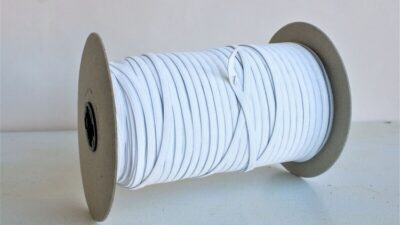Lanyards have been in extensive use since ancient times. At the beginning of the 1400s, the French had tremendously introduced lanyards. The French used these simple yet effective textiles for military purposes like securing whistles, guns, and swords.
In the modern era, there has been an absolute change in using these cords. A lanyard today is typically used for various purposes like holding identification cards, keys, or electronic items around one’s neck. Additionally, they are also used ornamentally on military uniforms and are frequently used to honor a person’s rank in the military.
If you are considering getting these cords for your office or keeping small, tiny items safe from misplacing, you have landed on the right page. Here is a list of thoughtful factors that one must consider to choose a suitable lanyard for themselves.
Table of Contents
Material Used
The material and design of lanyards are two essential factors and depend on their purpose. For instance, if you want them for office purposes, consider a simple material with a classy design. However, the material and design must be simple yet striking if they are used for military uniforms.
Lanyards come in polyethylene terephthalate (PET), plastic, leather, rope, satin, nylon, silk, or cord. The standard size is 36 inches long and ⅜” or ⅝” in width. Additionally, they are available in three different material qualities, that is, essential, regular, or premium quality.
Design
A lanyard comes in different designs for different environments, and rope-like, flat, woven, and beaded lanyards are some commonly used examples. These designs are widely known to work in various settings, including office, personal use, military, government offices, or heavy machinery environments.
For instance, heavy machinery environments are prone to mishappenings like getting caught between two machines. In such an event, to avoid getting your neck caught, lanyards need to be made of a material with high tensile strength along with a breakaway clasp.
These breakaway clasps quickly detach themselves from the lanyard and immediately free the person from getting stuck between machines.
Type Of Attachments That Needs To Be Used
Aside from holding an ID in the workplace, the benefits of a lanyard are extensive. These days they are tremendously used in keeping objects like key rings, phone holders, pen holders, badge holders, swivel hooks, bulldog clips, or trigger hooks.
Each item that must be attached to this cord requires a different hook. The various types of hooks available in the market are:
- Metal Trigger Clip– Robust and durable, mainly used for key or name cards. They are available in a plastic version as well.
- Safety Break– These hooks tend to break under high pressure in order to avoid a life-threatening event. These hooks are a perfect fit for health and safety cautious environments like hospitals, heavy machinery stores, etc.
- Dog Clip– The primary purpose of these clips is to keep the attached item facing forward at all times. These clips are a perfect fit for security purposes and areas that constantly require IDs for verification.
Conclusion
Lanyards are an impeccable option for most workplace environments. However, the price highly depends on the material, design, and type of attachment used. In order to keep the purchasing budget-friendly, one can always consider buying in bulk orders. Additionally, one must remember that expensive sometimes means the best. If a workplace requires medium-quality lanyards, one can choose options available at a lower price.












Comments